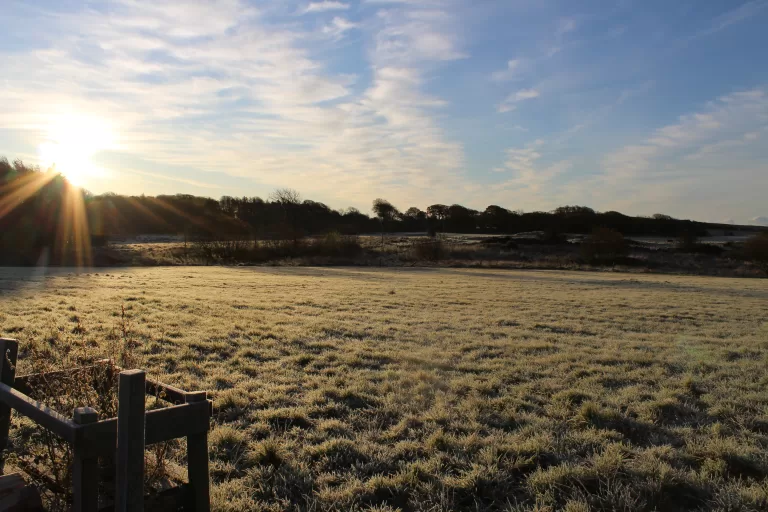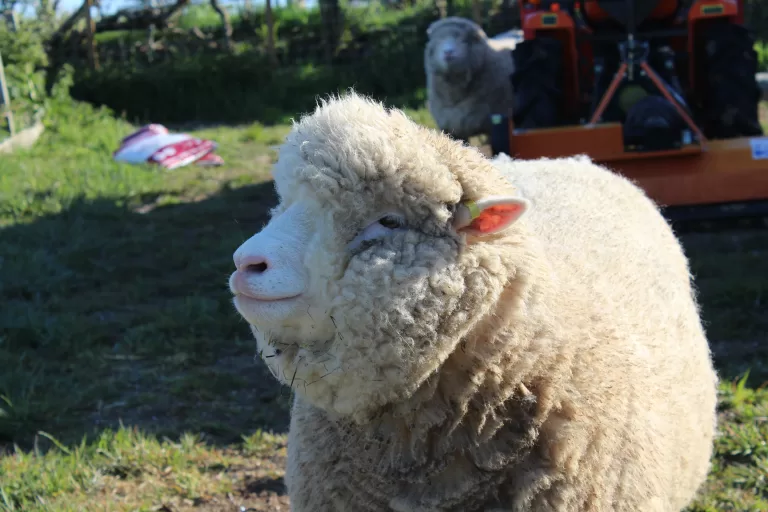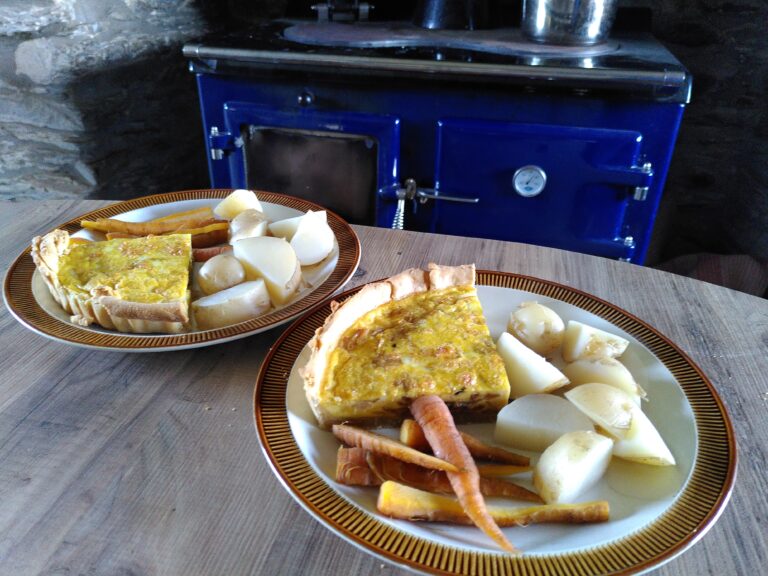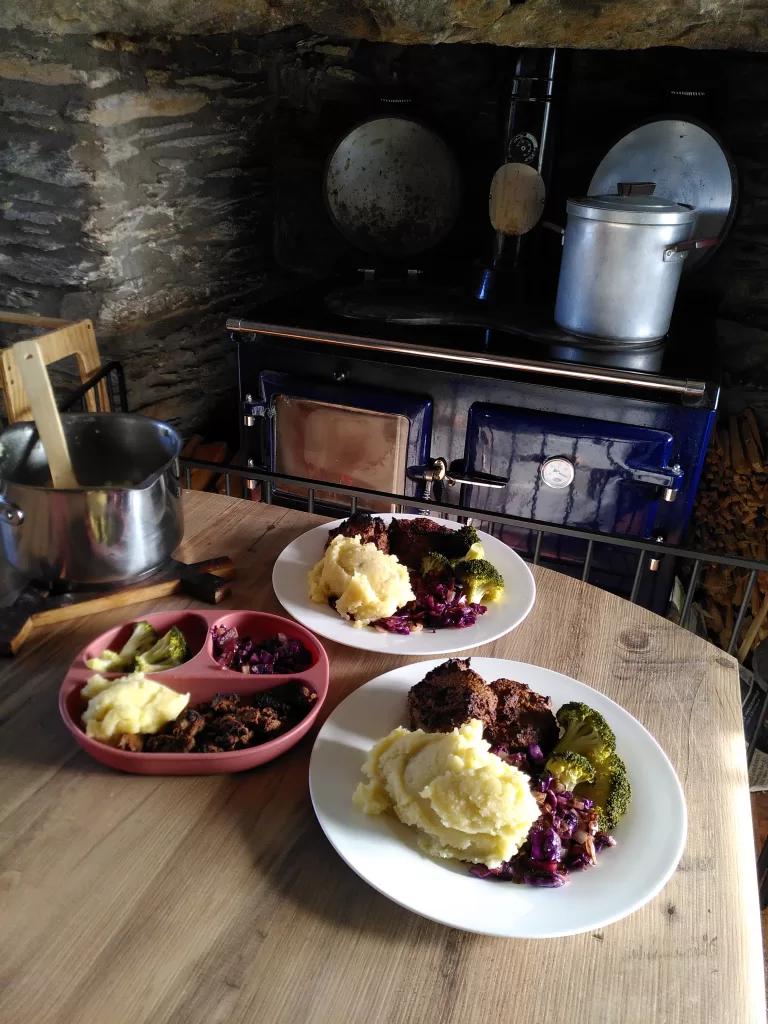How to Start an Orchard: Wedding Gifts for Smallholders
What do couples put on their wedding gift lists nowadays? Most couples live together for a while before even getting engaged. The traditional list of items necessary to set up a new home together seems a little outdated, in an era when the newlyweds already have all the kitchenware, towels and bedding that they need before the big day!
This was certainly the case for us. We had been together for over eight years and had already bought and furnished our forever home, before finally saying “I do!” We debated various gift ideas when our friends and family repeatedly asked what we would like for wedding presents. I would have been very happy for our nearest and dearest to make a donation to one of the charities we support, but time and time again we were told that people wanted to give us something as well to commemorate our special occasion.
So we asked for contributions towards one of the bigger projects we had in mind: starting our own orchard. Planting trees felt like a symbolic way to mark the beginning of our marriage, with plenty of fitting metaphors relating to watching the trees grow and bear fruit over the years to come.
Selecting the Trees for Your Orchard
Once we were back from honeymoon and life had returned to normal, we set about ordering our trees and the necessary accessories we would need. We live in South-West Scotland, where the climate is wet but mild for most of the year. Orange Pippin Trees were hugely helpful with their advice as to which varieties would be best suit our location.
We opted for a selection of apple and plum trees, with some cooking and some eating varieties. As with most trees, they do best when transplanted over the winter months, so we had a few months to get the preparatory work done before they arrived.
Choosing the Location for the Orchard and Protecting the Trees
The plan was to plant the trees at the highest corner of our vegetable plot, which was still covered in grass. Aware that we would be planting tender yearling trees, we wanted to suppress any grass or weeds to give the trees the best chance of establishing themselves quickly, especially given the windy and exposed nature of our land. However, we were not overly keen on using a plastic weed-suppressant membrane as these often end up being single use, with the associated negative impacts on the environment.
As luck would have it, we also had our roof re-done this summer, so we had piles of old slates to re-purpose. Once we had marked out exactly where we wanted to plant the trees, we spent a few days ferrying many wheelbarrow loads of the most intact slates over to the vegetable garden, and laid them in circles to kill off the grass and weeds underneath.
The initial estimate for delivery of the trees was early December. Unfortunately an exceptionally wet November meant it was not possible to harvest and send the trees, so this was put back to early January. However, this in turn meant I was almost nine months pregnant at the time the trees were delivered, so George had to do all the hard work and heavy lifting to get them in the ground!
The trees were delivered bare-root, so only needed relatively small planting holes. George lifted the slates from the middle of the tree circles, and dug out a couple of buckets of top soil from each hole, before carefully standing the tree in place and back-filling with the soil from the buckets.
The alpacas do a reasonably good job at keeping the roe deer out of the field, so we just installed 2ft tree guards to keep the hares and other rodents from ringing the bottoms of the trees.
And here is the end result! Just beautiful.

Keep an eye out on future blogs for how the trees are coming along, as well as recipes for our home-grown fruit!
Key Points
- Many couples have lived together and furnished their homes before getting married. Trees are an excellent alternative wedding gift for newlyweds, especially if they have some land.
- If you are planning your own orchard, first seek advice about varieties of trees that suit your location and climate.
- Trees will likely be shipped as bare root saplings during the winter. Prepare the ground so that you can plant them out as soon as they arrive.
- You will need tree guards to protect your young trees as they get established. The exact dimensions of your tree guards will depend on the wildlife that ventures onto your land.






